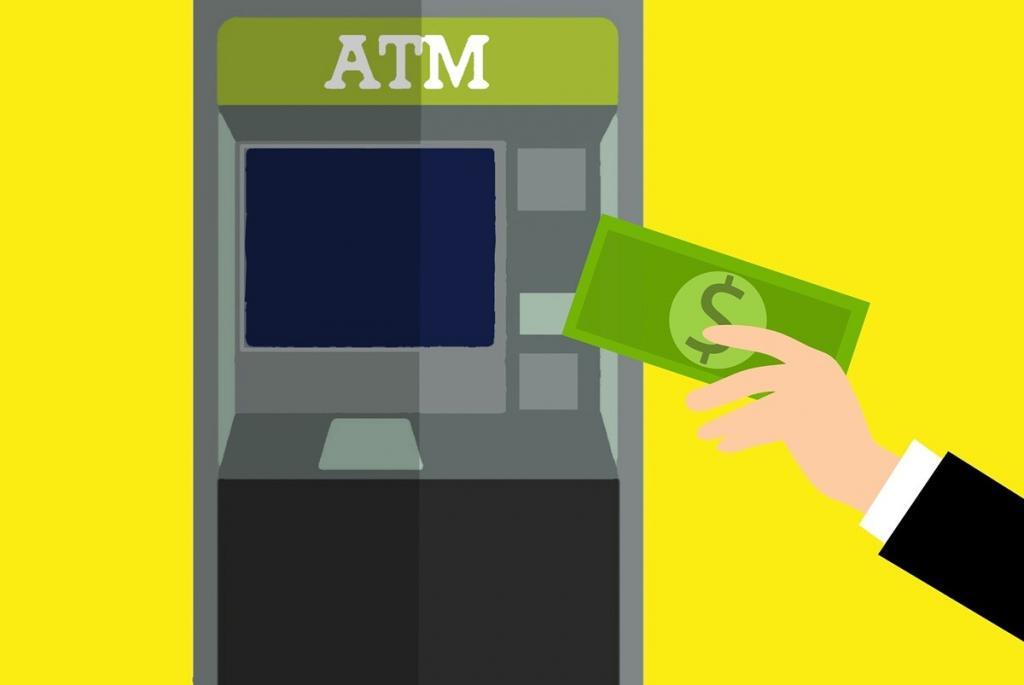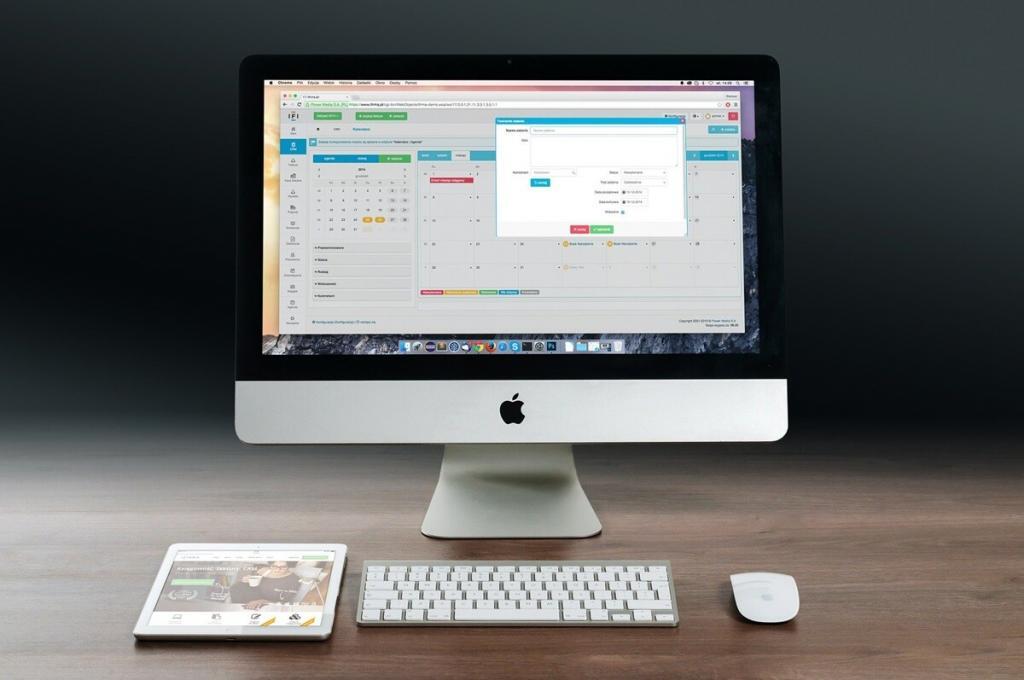7 Workplace Conflict Areas and How to Deal With Them
Whenever there’s a conflict between two people, at the third person’s view, it’s so easy to tell the other to be the bigger person and apologize. And when they do apologize, the conflict doesn’t entirely go away; they just bottle it up until their next argument. I hope this isn’t the case for workplace conflict. Every workplace should be a cradle of professionalism. Everything must be dealt with professionally — from morning meetings to business dinners. But how do you remain calm and rational when it comes to workplace conflicts? Professionalism aside, employees are still people. No matter how rational their argument can be, their feelings may tend to interfere and hurt the other employee’s feelings. Being an HR employee, you are always the go-between — the peacemaker. Even for a workplace conflict as light as creative idea differences, your job is to weigh both sides and deal with the issue adequately. If you fail to do so, it can lead to more serious legal problems. With that being said, you need to familiarize yourself with the typical areas of workplace conflict — and how you can go about solving them before they get out of hand. Common workplace conflicts and how to resolve them 1. Leadership Conflicts Leadership style varies for every leader. Some are strict on rules, while some are so hands-off that you hardly even see them. And just like how leadership style can be different for every leader, not all employees will appreciate his leader’s approach. To solve potential conflicts, the HR department should emphasize the importance of mutual respect of differences throughout the company. We are all different, and the best thing we can do is to adapt to that difference. The HR department should also talk to the leader about how they should interact with the work styles and personalities of people under their team. They should make an effort to adjust and connect with their team no matter what their leadership style is. 2. Departmental Conflicts Inter-departmental conflicts are common, considering how each department’s tasks are inter-related. If the sales department fails to do its job, the marketing department will suffer. If the IT department fails to resolve network problems, the whole business will hurt its productivity. To resolve this conflict, the HR department should make sure that each person from different teams understands their roles and responsibilities and is aware of what’s expected of them. If the employee fails to cooperate numerous times, the next best conflict resolution tip is to replace the employee. 3. Personality differences conflicts Again, people are different. No two people are the same — from perceptions to belief systems — that’s why it can lead to conflicts between those who don’t see eye to eye. There are many ways to handle this — the HR way. For the first one, you need to have strong mediation skills to resolve such conflicts. Have your independent stance about the argument while understanding the needs of both employees. Empathize with them and help them put their emotions aside. The second one circles back to my first point: people are different. It is unlikely to meet someone whose personality matches ours. The best thing to do is cope up with different personalities so long as it does not affect you emotionally and physically. Make sure to emphasize that throughout the company. 4. Workstyle conflicts When I say that people are different, their work styles are included too. Some people prefer working in groups, while some prefer working individually. Some are fast-learners, while some need to work overtime to understand a topic. Because of that, the HR should continue highlighting the importance of mutual respect and understanding. You have to learn about each other’s differences. If you prefer working alone, know that there’s no way to escape collaborative tasks, so you have no choice but to deal with it willfully. And if you prefer working in groups, make sure that you also learn to work alone, especially when it comes to individual tasks. 5. Task-based workplace conflicts This workplace conflict arises when an individual employe fails to coordinate his tasks successfully. If an employee submits low-quality reports, it affects the output of the whole team. The best conflict resolution for that is to communicate with the leader and make sure that he delegates all tasks effectively. The leader must communicate with the team to establish the importance of responsibility and accountability. Additionally, he must constantly ask for updates from the team to clarify if they’re on the same page come the day of the deadline. 6. Creative idea conflicts Creative idea conflicts can either go right or wrong. When such conflict arises, it can lead to creativity and innovation, which can help produce new products and services. There are not many solutions needed for this type of conflict. Just make sure that while they’re exchanging creative ideas, they must maintain their respect for others. As much as possible, this type of conflict should be encouraged to promote a healthy environment of respect and trust. 7. Discrimination Dealing with discrimination is a twofold step. First, you need to be informed about the anti-discrimination laws. Second, make sure that you pay close attention to what’s happening in your company. The company should have no room for prejudice and discrimination — let everyone know that. Make sure that they are aware of how you will handle the situation. If discrimination has taken place, it’s best to respond quickly. Will you start with a warning, provide counseling programs, or formally terminate the accused? The answer depends on the severity of the conflict. Dealing with workplace conflict: the HR way As an HR employee, you must keep an eye on what’s happening around the company. If conflicts occur, you need to ensure accountability for conflict resolution. All employees should be held accountable. Meaning, you should not be the first resort when resolving conflicts. But if worse comes to worst, you need to handle the conflicts professionally
7 Workplace Conflict Areas and How to Deal With Them Read More »









